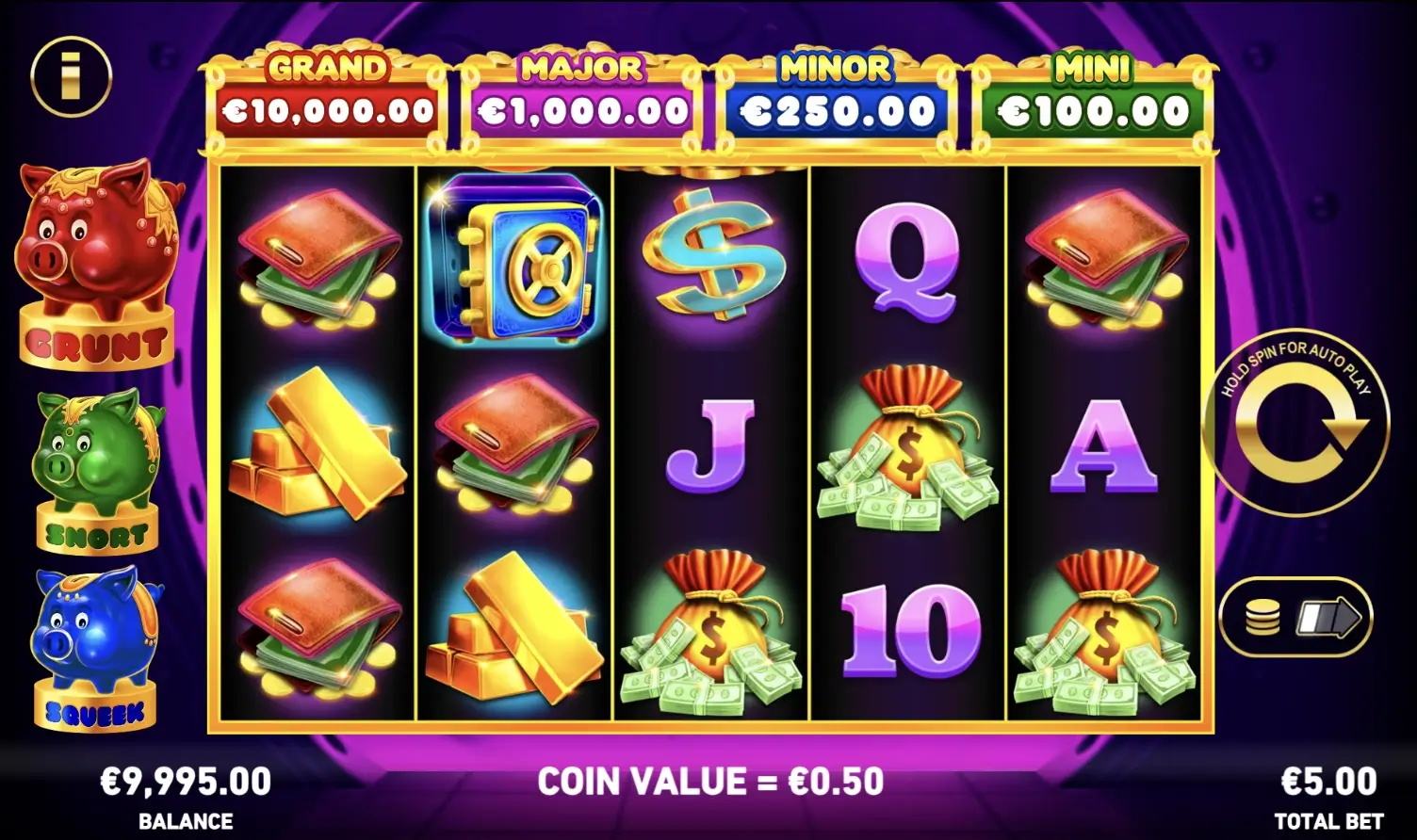Poker used to be a game shrouded in smoky backrooms and high-stakes mystique. But thanks to streaming platforms like Twitch and YouTube, it’s exploded into mainstream culture—especially among amateurs. Let’s dive into how live poker streams have reshaped the game for casual players.
How Streaming Demystified Poker
Watching pros play in real-time is like getting a backstage pass to their thought process. Amateurs no longer need to guess why a player folded pocket aces or went all-in with 7-2 offsuit (yes, that happens). Streamers explain their moves, break down odds, and—here’s the kicker—make mistakes openly. That transparency turns poker from an intimidating mind game into something learnable.
Take Lex Veldhuis, a Twitch poker streamer with over 300,000 followers. His mix of high-level play and goofy commentary makes advanced strategies feel accessible. Or Jason Somerville, whose “Run It Up” series taught a generation to think beyond “good cards vs. bad cards.” These personalities aren’t just entertaining; they’re accidental teachers.
The Numbers Don’t Lie
Streaming hasn’t just influenced poker culture—it’s measurable. Consider these stats:
- Twitch’s poker category grew by 300% in viewership between 2019 and 2023.
- Online poker sites like GGPoker and PokerStars report a 40% surge in amateur sign-ups during major streaming events.
- Amateur tournament entries have doubled since 2020, with many crediting streams for their interest.
And it’s not just about watching. Streams often include interactive elements: polls on what move to make next, Q&A sessions, or even viewer freerolls. That two-way engagement keeps amateurs hooked.
Why Amateurs Love Poker Streams
1. Low-Stakes Learning
Unlike dry strategy books, streams show poker in action. Amateurs absorb concepts like pot odds or bluff timing without cracking a textbook. It’s like learning to cook by watching a chef—except the kitchen is a $5 online tournament.
2. Community Vibes
Poker can be lonely. But streams create virtual poker rooms where amateurs chat, joke, and debate plays together. That sense of belonging—especially during lockdowns—turned many viewers into regular players.
3. The “I Could Do That” Effect
Watching a streamer turn $50 into $5,000 in a night is intoxicating. Even when losses happen, they’re framed as part of the journey. That realism (not just highlight reels) motivates amateurs to try their luck.
The Dark Side: Tilt and Overconfidence
Not all impacts are positive. Streaming’s entertainment-first approach can skew expectations. Ever seen a pro bluff successfully six times in a row? Sure, it’s thrilling—but amateurs might mimic that aggression without the skill to back it up. Cue disastrous bankroll management.
There’s also “streamer tilt”—where viewers adopt a streamer’s playful (but reckless) style. Poker isn’t just about big bluffs; it’s discipline. And that’s harder to stream dramatically.
What’s Next for Poker Streaming?
The trend isn’t slowing down. Platforms are experimenting with VR poker streams, AI commentary, and even betting integrations. For amateurs, this means more ways to engage—and maybe more pitfalls to avoid.
One thing’s clear: streaming hasn’t just popularized poker. It’s rewritten how amateurs learn, play, and connect with the game. Whether that’s a royal flush or a bad beat depends on how players use what they watch.

